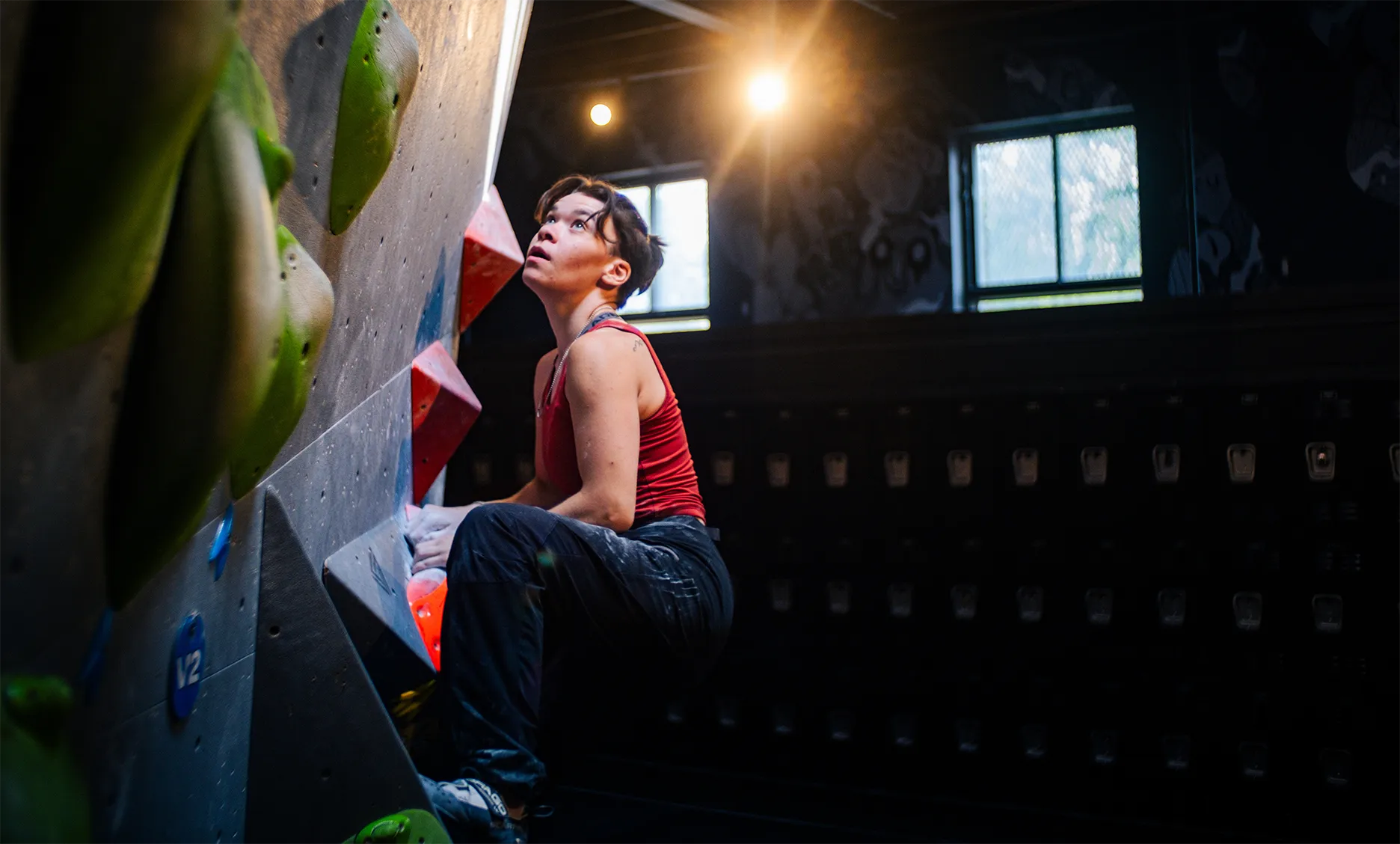When you post a video of your latest send at Bloc Shop, have you ever stopped to wonder how social media is influencing climbing? What’s changed since it all began and what could change in the future? These are the kinds of questions we ponder often (too often?)…
10 Years “Before IG”
Before Facebook, YouTube, and Instagram, climbing existed. Yes, really. But it was more niche as a sport. There were fewer gyms in Quebec and across Canada, the holds weren’t always ergonomic, and problems were marked with colored tape, with route resets that were sometimes optional. To stay up to date, you had to read magazines – Gripped or Grimpe au Québec back then. And if you wanted to discover new crags, you had to know the right people. How many folks wandered aimlessly through Quebec forests looking for a climbable rock face based on tips from a friend of a friend? For $100, you could buy a decent pair of climbing shoes. And when you told non-climbers how you spent your free time, they’d ask if you wanted to climb Everest. “No thanks, I’m not a fan of the cold.”
Year Zero
Of course, it didn’t happen overnight. But social media definitely shook things up in the climbing world. It enabled rapid sharing of new routes, as well as inspiring videos, like the ones from DrTopo, back in the day. Facebook groups popped up to share beta, find climbing partners, and build a more interconnected community. It also helped, though not always, to settle big existential climbing debates: Should we bolt cracks? Which is better: trad, sport, or bouldering?
Then came a wave of sponsored athletes – helping climbers gain visibility with brands through posts that got dozens of likes. Gyms also made the digital shift, promoting their new locations and events online, first with photos, then with videos. At the same time, the increased visibility drew more traffic to popular outdoor crags, sometimes leading to overuse, erosion, or tensions with private landowners.
20 Years into the Social Media Era
Today, climbing lives heavily on social media. The latest sends? IG! Cool new vids? YouTube! Friends being goofballs on the wall? TikTok.
And this tight relationship between the sport and digital platforms raises a lot of questions: Do social media posts influence the bright colors of climbing holds? Are gyms setting more Instagram-worthy problems on purpose? Maybe! It’s never been easier to get information and find beta for your outdoor project (or even indoor!). Discover new sequences you hadn’t thought of, or new spots you’ve never visited. How many Rocklands boulder problems has your algorithm served you lately? It’s practically IV-drip motivation. Looking for a bouldering partner in the Himalayas? Just join the right Facebook groups and you’ll find one.
Expectations are higher for athletes now, and it’s never been easier to interact with the pros. The downside? Posting a video of a fragile-access location can lead to crag closures. A good example: some sectors in the Laurentians now have banned parking. Some climbers now go to certain areas without posting anything – sometimes not even mentioning the sector to curious ears. The flood of content can also trigger all sorts of feelings in users: envy from not visiting all the dream destinations, self-criticism for not climbing as hard as X or Y, or even a loss of interest in the sport. And let’s face it – thinking about what to post pulls you away from the present moment.
It’s hard to imagine the marriage between climbing and social media ending anytime soon. But if you ever feel like Instagram, YouTube, or TikTok are hurting your enjoyment of climbing, maybe it’s time to take a break from the scroll.


